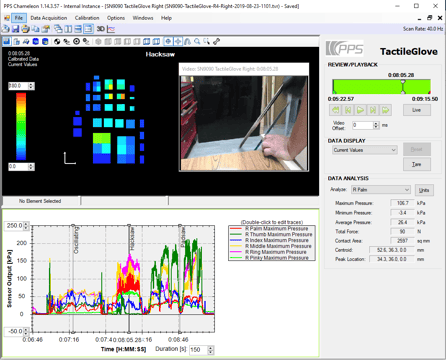INTRODUCTION

Musculoskeletal disorders (MSD) are injuries or disorders of the muscles, nerves, tendons, joints and cartilage. Work-related musculoskeletal disorders (WMSD) are conditions caused, prolonged or made worse by work conditions. Ergonomics / human factors considers the interaction between humans and other parts of a system. A goal of ergonomics is to reduce stress and eliminate injuries and disorders associated with the overuse of muscles, bad posture, and repeated tasks.
A workplace ergonomics program can aim to prevent or control injuries and illnesses by eliminating or reducing worker exposure to WMSD risk factors using engineering and administrative controls. Risk factors include awkward postures, repetition, material handling, force, mechanical compression and duration of exposure.
There is strong evidence that job tasks that require a combination of risk factors (e.g., highly repetitious, forceful hand/wrist exertions) increase risk for hand/wrist tendinitis. Fifty percent of industries reported work-related musculoskeletal disorders (WMSD) rely heavily on the use of hand tools.
A better understanding of the forces and effort on the hand in various tasks allows:
-
Ergonomics engineers to design better products
-
Clinicians to understand hand strength required for a given profession and
-
Safety regulators to specify standards for safe-working conditions.
The PPS TactileGlove enables the capture of natural high-resolution, dynamic, pressure mapping data to fully understand hand interactions.
Find out how in our White Paper - Quantifying Hand Ergonomics With The Tactile Glove

